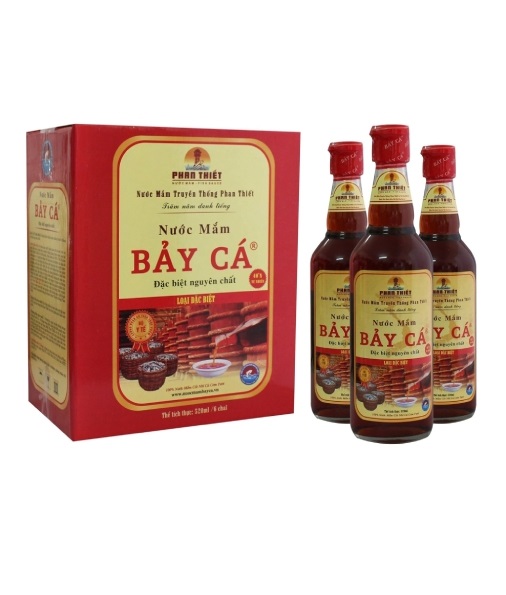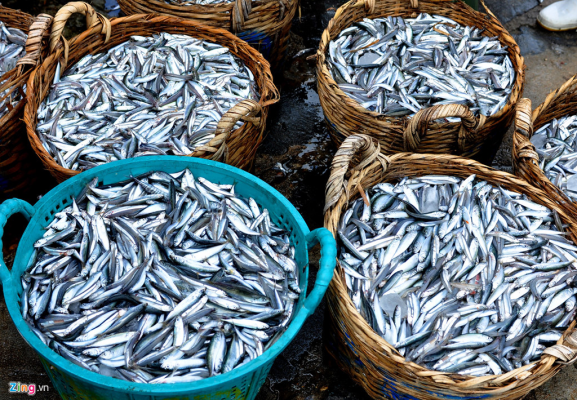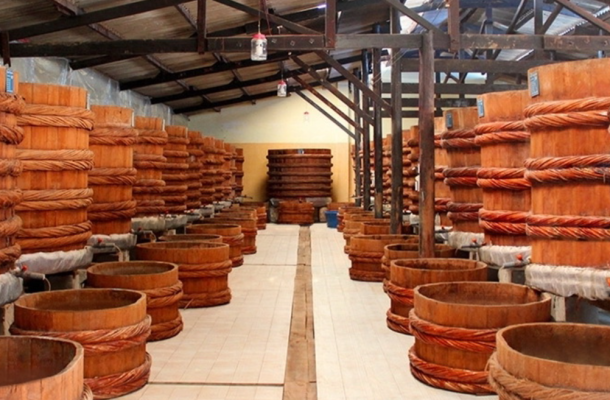FISH SAUCE
Specifications
Origin: Vietnam
Ingredients: 100% pure & natural
Ingredients: Anchovy 80% + sea salt 20%
Color: From golden brown to dark brown
Purity: Clear, no cloudiness, no sediment except salt crystals (may be present)
Odor: Characteristic smell of fish sauce, no strange smell
Taste: Sweet of hydrolyzed fish protein, with an aftertaste, salty but not acrid
Impurities visible to the naked eye: Not present
Total nitrogen content, in g/l, not less than 30
No chemicals, preservatives or colorants are used.
Fermentation time: 2 years
Packing: In Glass bottle 500ml/ PET bottle 1 liter, drum 30 to 200 liter.
10 $










